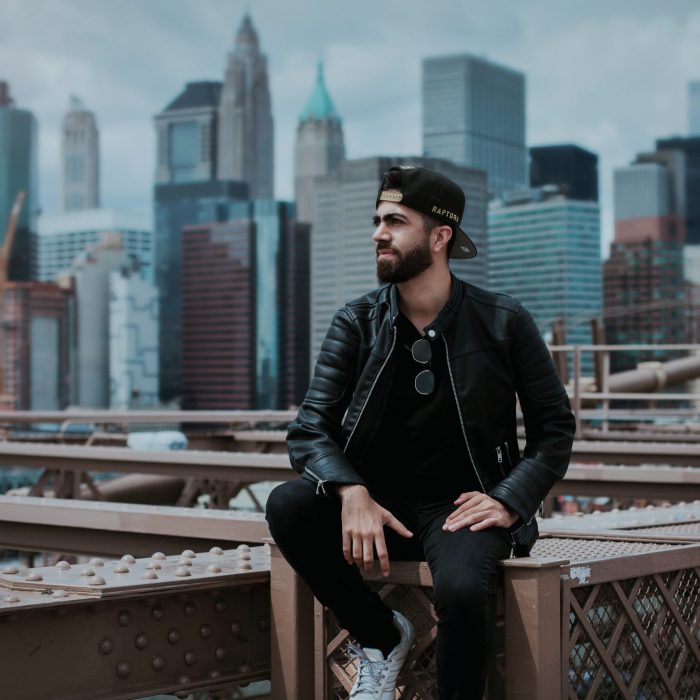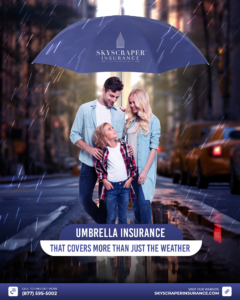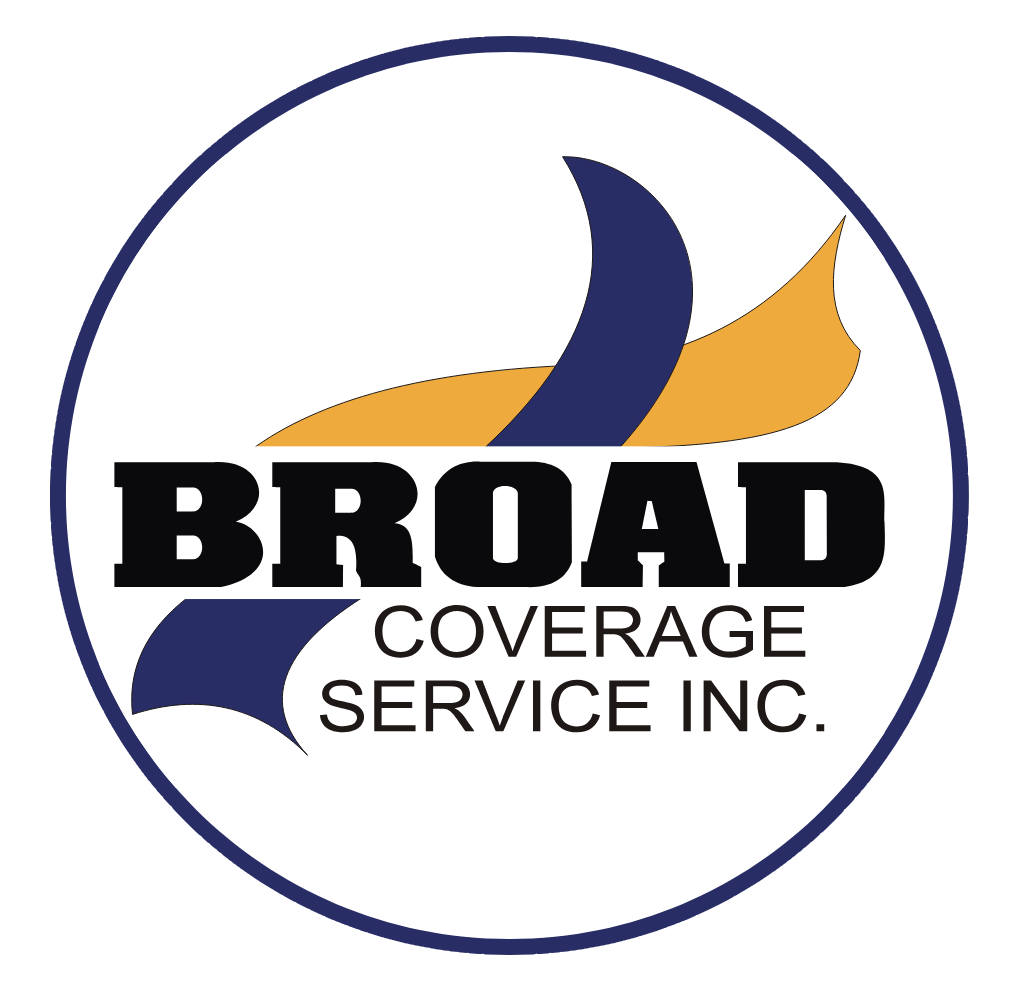Key Takeaways:
- Residential sales across NYC dropped 32% year-over-year in 2020
- Median sale price in New York City (all four boroughs) rose to $660,000, a 1% uptick from last year
- Only 9 NYC neighborhoods recorded an increase in sales activity in 2020
- Hudson Yards had the highest median sale price in NYC at $4,504,000
- TriBeCa was #2 priciest for second year in a row; Little Italy was #3 priciest
- Sales activity in Gowanus surged 113% & Malba and Neponsit’s medians exceeded $1,000,000
As the COVID-19 pandemic swept across New York City, 2020 was marked by dramatic decreases in residential sales. So, this year, our annual report of NYC’s most expensive neighborhoods examines how sales and prices fared in this volatile environment.
Market activity was down in 2020, as expected – 32% fewer sales closed across Brooklyn, the Bronx, Manhattan and Queens compared to 2019. And, while it’s worth noting that nine of NYC’s priciest neighborhoods did see an uptick in sales, more than three-fourths recorded decreases ranging from 3% to 85%.
Meanwhile, median sale prices across the city revealed a rather even-keeled mixed bag. Overall, prices increased by only 1% year-over-year (Y-o-Y), resting at $660,000. However, a more granular analysis shows that, while 26 of NYC’s priciest neighborhoods posted price increases between 0.5% and 44%, the other 25 saw decreases ranging from 0.25% to 40%.
Notably, only neighborhoods in three boroughs made it into the uppermost expensive ranks — 23 in Manhattan, 21 in Brooklyn and 10 in Queens. And, the study of the top 50 priciest neighborhoods actually includes a total of 54 entries due to four ties in median sale prices. Read on for more details about how the residential market fared in NYC’s most exclusive areas in 2020.
Home Prices Fall 8 % in Manhattan & Grow 8% in Queens
As usual, Manhattan reigned supreme, accounting for 43% of this year’s most expensive neighborhoods. However, it was also the only borough where the median fell (8% Y-o-Y) settling at $1,030,000. Likewise, sales activity in the famously pricey borough decreased 38% Y-o-Y.
Brooklyn came in second, solidly representing 39% of NYC’s priciest neighborhoods, although it contributed more neighborhoods than Manhattan among NYC’s most expensive in Q2 2020 — a historic first. For 2020 as a whole, the median sale price here grew 4%, resting at $710,000. Yet, once again, market activity contracted with a 24% Y-o-Y drop in sales, although Brooklyn was the least-affected NYC borough in this respect.
Queens neighborhoods made up 19% of the city’s priciest in 2020, placing the borough third in the ranking. Its median sale price settled at $520,000 for an 8% Y-o-Y increase. Queens also recorded a drop in the number of transactions with 29% fewer sales closing during 2020 than during 2019.
Hudson Yards Maintains Crown as NYC’s Priciest Neighborhood for 2nd Year in a Row, DUMBO Retakes Top Spot in Brooklyn
NYC’s newest neighborhood, Hudson Yards, was also the city’s priciest for the second year running — a spot it first claimed in Q3 2019, when it dethroned long-time leader, TriBeCa. The median sale price grew from just under $4 million in 2019 to $4,504,000 this year. Conversely, sales activity plummeted 85%, marking the largest decrease in transaction volume among all of the neighborhoods in our ranking. Meanwhile, TriBeCa was again the second priciest as its median dropped 3% to $3,157,000.
Little Italy climbed the ranks to third place following a 4% Y-o-Y uptick in the median sale price to $2,750,000, which bumped 2019’s third-runner-up, SoHo, into fourth place. Additionally, sales in Little Italy grew 25%, while SoHo saw 45% fewer transactions close this year.
Notably, Central Midtown was the only other neighborhood among the top 10 to see an increase in sales — 3% more transactions closed here year-over-year. It also recorded a 44% Y-o-Y hike in median sale price, which marked the largest price increase in our report and was likely spurred on by 51 sales at MoMA Expansion Tower on Billionaire Row.
Brooklyn only contributed two neighborhoods to the top ten priciest: DUMBO and Cobble Hill. In DUMBO, transactions fell 31%, but a price growth of 8% repositioned it as the priciest in Brooklyn and the 8th priciest in NYC. Nearby, Cobble Hill was Brooklyn’s #2 priciest and the city’s 10th most expensive. It saw 53% fewer transactions close in 2020 and medians declined by 9%.
Malba & Neponsit Medians Exceed $1 Million, Lower East Side Medians Fall 26%
Overall, 29 of the neighborhoods that made the cut commanded median sale prices of more than $1 million. Even the 50th-highest median sale price in our 2020 ranking was $775,000, which marked a 3% increase compared to last year’s lowest median of $755,000.
In fact, median sale prices increased in roughly half of the neighborhoods included in our ranking, including 11 in Manhattan, 11 in Brooklyn and four in Queens.
Besides Central Midtown’s 44% price surge, the second-greatest increase was in Malbaat 23%, where the median rose to $1,350,000. Next, in Brooklyn Heights, prices grew by 21%, hitting the $1 million mark to rest at $1,087,000. Finally, and also hitting the million-dollar spot, Neponsit’s median increased by 20% — from $934,350 to $1,125,000.
Conversely, 25 neighborhoods saw medians decrease, 12 of which were in Manhattan, seven in Brooklyn and six in Queens. For instance, Gramercy Park’s median fell 40%, largely due to a change in the mix of properties. In 2019, condominiums represented 53% of total sales, while this year they accounted for just 38% of sales. Meanwhile, co-op sales increased from 47% last year to 62% in 2020.
Similarly, Greenpoint had the second-greatest price decrease at 28%, followed closely by a 27% decrease in Gowanus. At the same time, medians on the Lower East Side fell 26%. There were only 32 sales at One Manhattan Square, as opposed to 244 last year.
Sales Activity in Hudson Yards Decreases 85% & Surges 113% in Gowanus
Only nine of NYC’s 54 priciest neighborhoods saw an increase in the number of sales during this past year — seven in Brooklyn and two each in Manhattan and Queens.
In particular, Gowanus’ 113% sales activity surge far outpaced all other neighborhoods and was likely catapulted by 26 sales at 554 Fourth Ave. and 24 at the Luna building, which together accounted for 52% of the total sales closed in Gowanus in 2020. In a far second, Hunters Point saw a 66% Y-o-Y increase in the number of deals closed. Here, transactions recorded at three neighborhood properties (Star Tower, HERO LIC and QNS44) accounted for 37% of residential sales.
At the same time, sales activity decreased in 43 out of 54 — or 80% — of NYC’s priciest neighborhoods. While Hudson Yards had the largest drop in sales with an 85% decrease, Manhattan’s Lower East Side was also hit hard with a 67% drop in sales. On its heels were Chinatown and Greenpoint, where sales decreased by 62% and 55%, respectively. Finally, transaction numbers in both Cobble Hill and Grammercy Park fell by 53% each.
Methodology
Median home sale prices were calculated based on residential property sales closed between January 1, 2020, and December 4, 2020. Property types included are single-family homes, condominiums, and co-ops. Package deals were excluded. NYC refers to Manhattan, Brooklyn, Queens, and Bronx.
Only neighborhoods with more than 11 residential sales are included. All median sale prices were rounded to the nearest thousand. The boundaries to some of the neighborhoods in Manhattan and Brooklyn vary. Data for several small neighborhoods is included in stats for larger areas. For example, Central Park South is included in the Theatre District – Times Square area. NoLita is included in Little Italy and NoHo is included in Greenwich Village. Carnegie Hill, Lenox Hill and Yorkville are all included in the Upper East Side.








